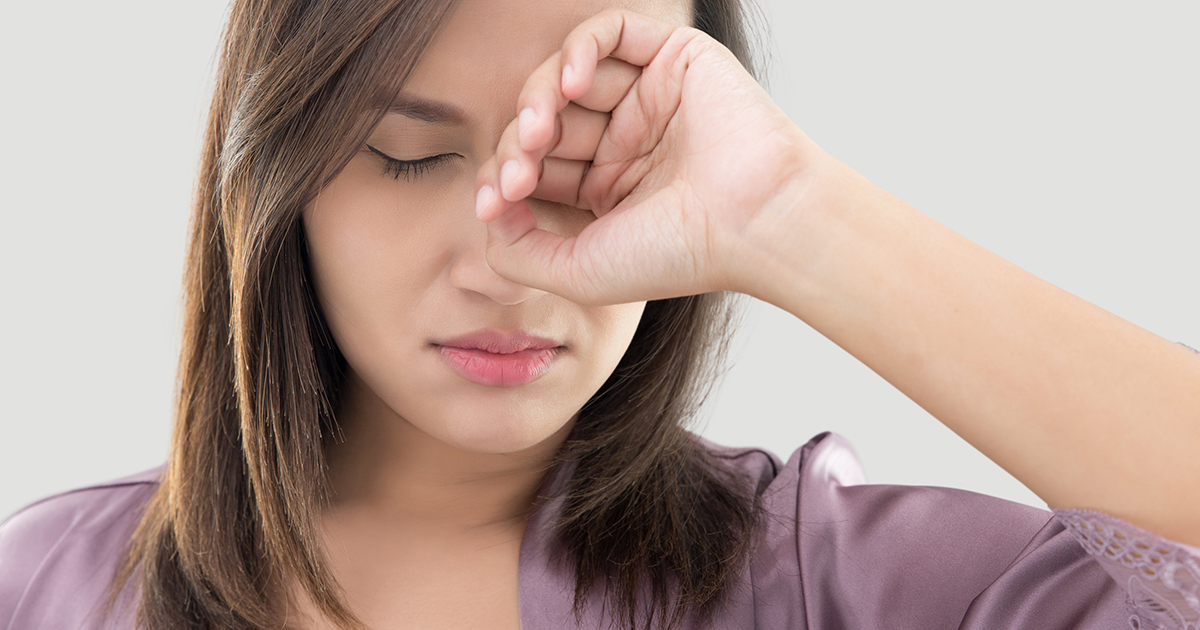Rheumatoid Arthritis And Common Signs Of Old Age
Rheumatoid arthritis is a type of autoimmune disorder characterized by chronic inflammation of the joints. It typically occurs in the older generation. For some individuals, the disease can also affect their eyes, skin, heart and blood vessels. Rheumatoid arthritis causes painful inflammation in the lining of your joints that can eventually result in joint deformity and bone erosion. Although medications and treatment options are available to deal with symptoms, the disease can still cause physical impairments. Keep reading to learn more about rheumatoid arthritis and other signs of aging now.
Fatigue

Fatigue is a general symptom of most autoimmune diseases, so there may be difficulty pinpointing fatigue to rheumatoid arthritis during the early stages of the disease. Be sure to write down any new symptoms and inform your doctor about them immediately. This will help the doctor make a correct diagnosis. Fatigue is sometimes accompanied by mood swings or changes such as depression, apathy, anxiety, or panic attacks.
